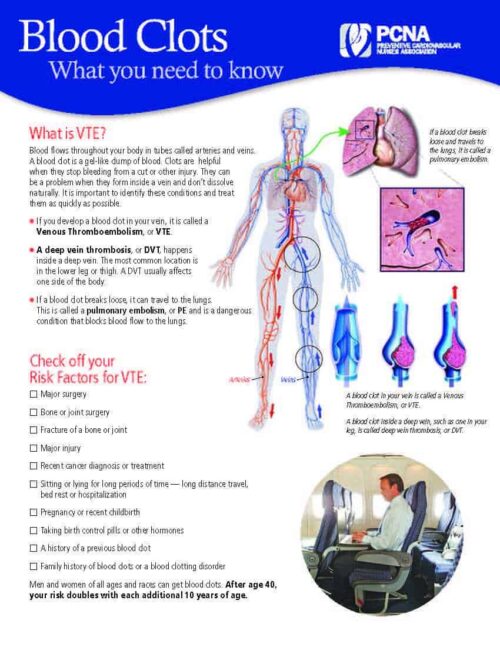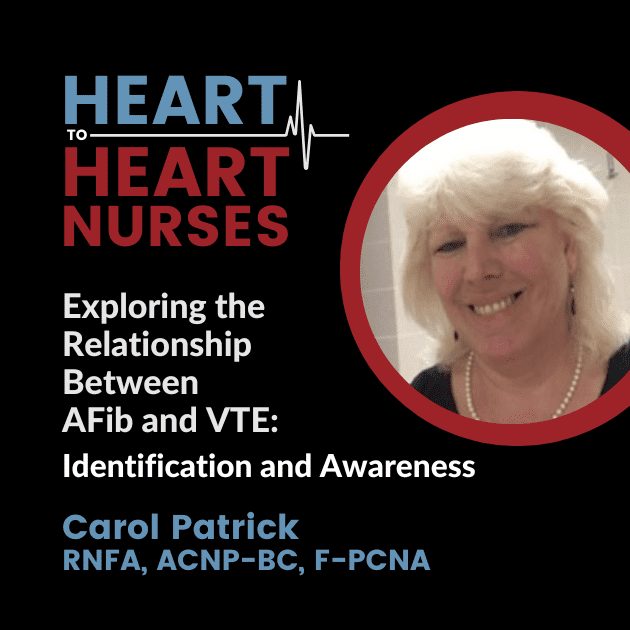About
Venous Thromboembolism (VTE)
Venous thromboembolism (VTE) is a serious condition encompassing deep vein thrombosis (DVT) and pulmonary embolism (PE). DVT occurs when a blood clot forms in deep veins, usually in the legs, while PE results from a clot traveling to the lungs, potentially causing life-threatening complications. Risk factors include immobility, surgery, cancer, pregnancy, and hormonal therapies.
Nurses are crucial in identifying and managing VTE, as early recognition and intervention can prevent severe outcomes. Key responsibilities include assessing risk factors, recognizing symptoms such as swelling, pain, or shortness of breath, and initiating timely interventions like anticoagulation therapy and patient education. By remaining vigilant and proactive, nurses help reduce morbidity, improve patient outcomes, and promote VTE prevention strategies, ensuring safer healthcare environments.
Resources


Courses
Sorry, we couldn't find any courses.
News
Blood Clot Awareness Month
March 05, 2024
Podcast Episodes

Atrial Fibrillation, Venous Thromboembolism (VTE)





